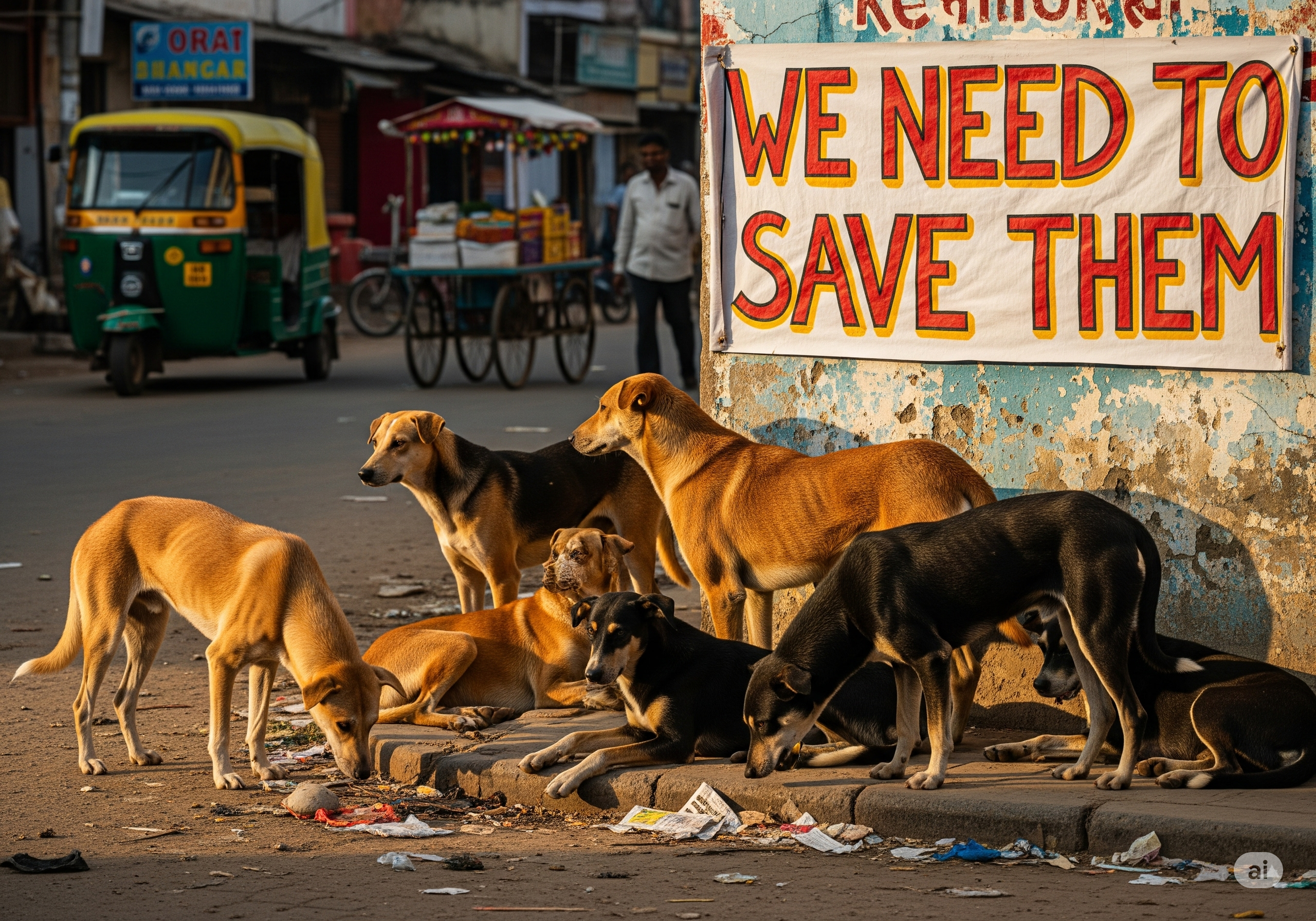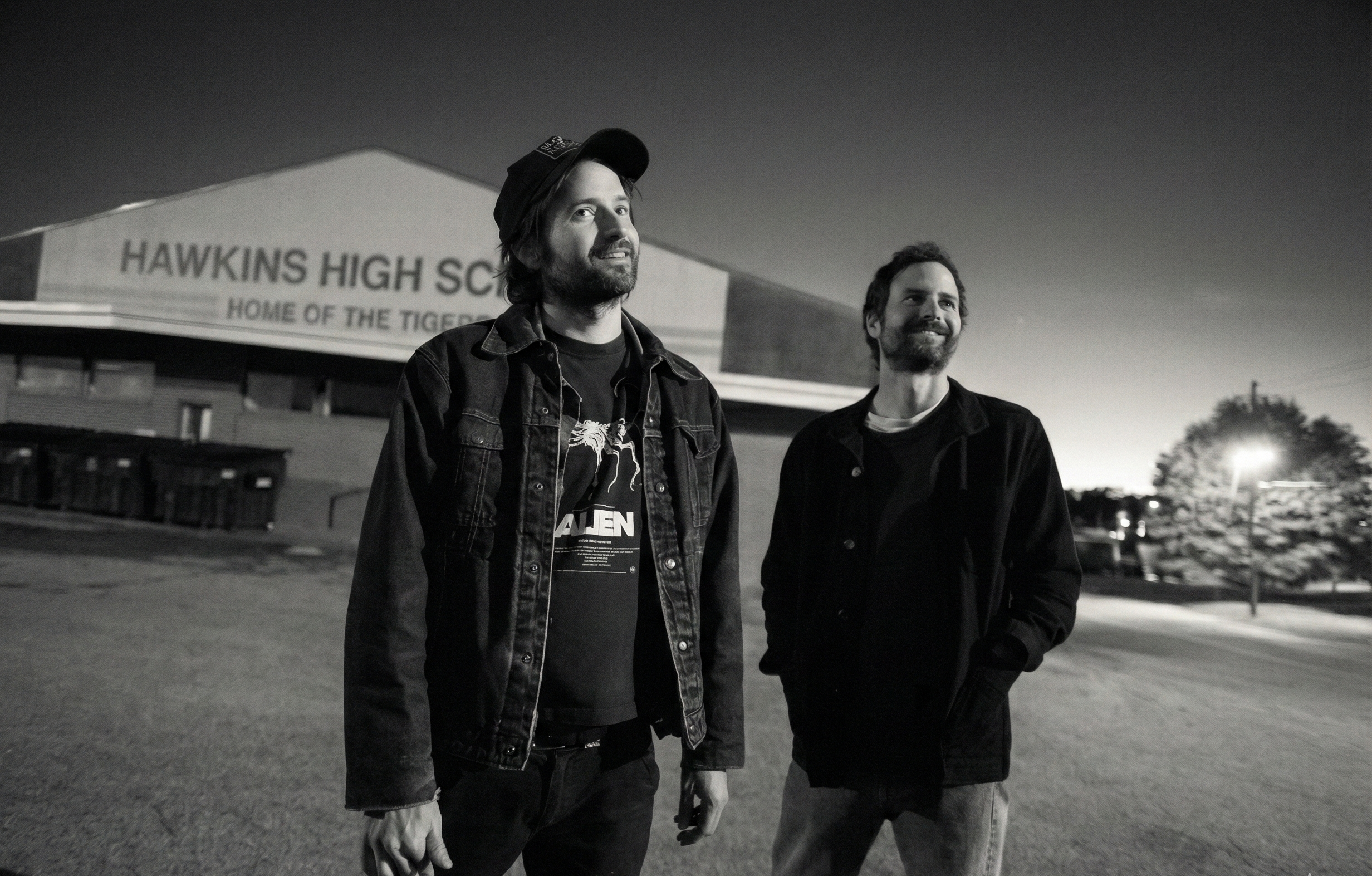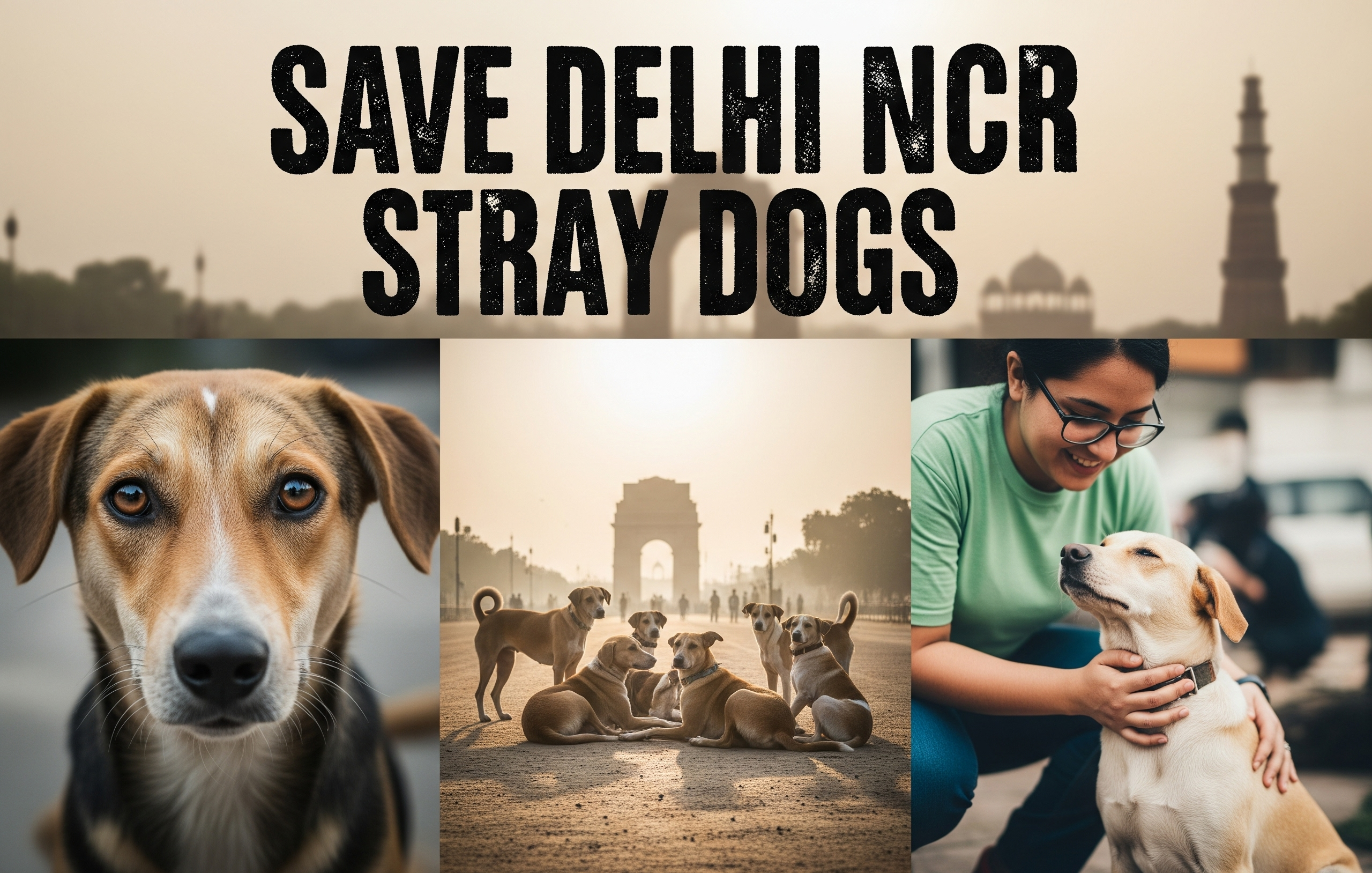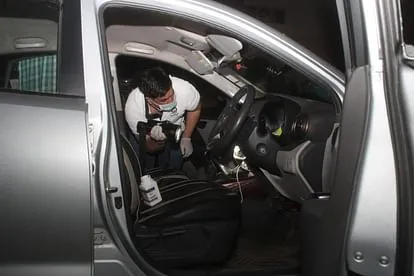Supreme Court Stray Dogs Removal In Delhi is a Wrong Step: Against stray dog removal
On August 11, 2025, the Supreme Court of India issued a statement that could change the face of Delhi’s streets, and not for the better. The court has directed that all stray dogs in Delhi and NCR be captured and permanently moved to shelters within six to eight weeks.
While the intention is to address public safety concerns and rising rabies cases, this ruling has sparked outrage among animal lovers, activists, and experts who say it is both impractical and inhumane. Even Chief Justice B. R. Gavai has hinted that the court will look into the matter again, raising hope that this decision could be reconsidered.
But- this move is outrageous for the voiceless souls. There are millions of problems going on in the capital, and all they think “Stray Dogs” are causing havoc? Then I have questions for you: What about women’s safety in Delhi? Air Pollution? Riots? This would not be a problem if they could vote. This is a political issue, and these won’t win you votes. You have shaken the trust of the Indian people and shifted judgment more towards dictatorship

The Harsh Reality of the Order
The Supreme Court’s directives include:
- Capturing stray dogs in Delhi, Noida, Gurugram, and Ghaziabad.
- Keeping them in CCTV-monitored shelters after sterilization and vaccination.
- A strict ban on releasing them back to the streets.
- Setting up a helpline for dog bite incidents.
- Daily reporting of captured animals.
While this sounds neat on paper, the ground reality is far messier and far less humane.
Why This Plan Won’t Work: Delhi stray dog shelter crisis
1. Lack of Shelter Infrastructure
Delhi has an estimated 1 million stray dogs, yet the city’s animal control facilities can house fewer than 5,000 dogs. Unless hundreds of new shelters are built in a matter of weeks — a near-impossible feat — the captured animals will be crammed into overcrowded, unsanitary conditions. This will lead to disease outbreaks, suffering, and high mortality.
2. Violation of Animal Birth Control (ABC) Rules
India’s own Animal Birth Control (Dogs) Rules, 2023 recommend sterilization, vaccination, and release of stray dogs back into their original territories — not mass confinement. The Supreme Court’s order directly contradicts this scientific, government-approved policy, raising questions about its legality and long-term sustainability.
3. Ecological Consequences
Removing dogs from the streets doesn’t just “clean up” the city — it disrupts urban ecology. Former Union Minister Maneka Gandhi has warned that such actions can lead to rodent infestations and other unintended problems, citing the example of 1880s Paris, where dog removal caused a massive rat crisis.
4. Cruelty in the Name of Safety
Mass capturing and confining animals without sufficient care facilities is not just logistically flawed — it’s cruel. Shelters in India are already underfunded and understaffed, and a sudden influx of hundreds of thousands of dogs will lead to neglect, starvation, and abuse.
Public Safety Concerns – But at What Cost?
Yes, rabies is a serious concern — Delhi reportedly sees 2,000 dog bite cases daily. But experts point out that mass removals will not solve the problem. Without sterilization and community-based vaccination drives, new unvaccinated dogs will simply replace those removed, bringing the problem back in a few years.
The Animal Welfare Board of India and several NGOs stress that the ABC program is the only proven long-term solution: sterilize, vaccinate, and return the dogs to their original areas where they act as territorial guards, preventing new, possibly aggressive dogs from entering.
Widespread Opposition to the Order
The backlash has been intense:
- Animal rights groups like PETA have called the ruling “unscientific” and warned that it will cause immense animal suffering.
- Activists have protested on Delhi’s streets, leading to multiple detentions.
- Prominent leaders like Rahul Gandhi have voiced concerns over the practicality and morality of the move.
- Legal experts say this decision could face challenges for violating existing animal protection laws.
Even Chief Justice B. R. Gavai has signalled that the Supreme Court may review the decision, giving hope to thousands of citizens and activists fighting for a more humane solution.
A Better Alternative Exists
Instead of spending crores on building massive dog shelters that will likely become overcrowded and unhygienic:
- Strengthen ABC programs: Sterilize and vaccinate dogs where they are, reducing rabies risk.
- Community engagement: Involve residents, RWAs, and volunteers in feeding, vaccinating, and monitoring community dogs.
- Public awareness campaigns: Educate people on rabies prevention, safe dog interaction, and vaccination drives.
- Medical infrastructure: Improve access to anti-rabies vaccines for bite victims and provide rapid treatment.

The Risk of Setting a Dangerous Precedent
If Delhi’s mass removal plan goes ahead, other cities may follow suit — leading to a nationwide wave of animal displacement and suffering. This order could undo decades of progress made in humane animal control in India.
The Supreme Court’s role should be to balance public safety with compassion and science-based policy. A hasty, large-scale removal ignores both.
Against stray dog removal: Rethink Before It’s Too Late
The Supreme Court’s stray dog removal order may stem from a concern for human safety, but it risks creating an ethical, ecological, and logistical disaster. Without proper infrastructure and planning, this move will harm not just the animals but also the city’s environmental stability and public health in the long run. With Chief Justice B. R. Gavai already indicating that the court will look into the matter further, there is still hope that India will choose a humane, sustainable path — one that protects both people and animals, rather than pitting them against each other
Comment on BuzzTimes.in To share your thoughts and opinions.








